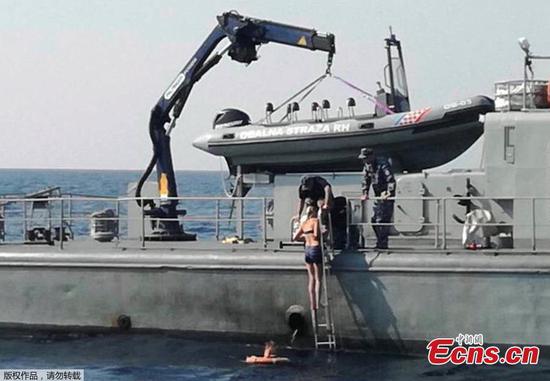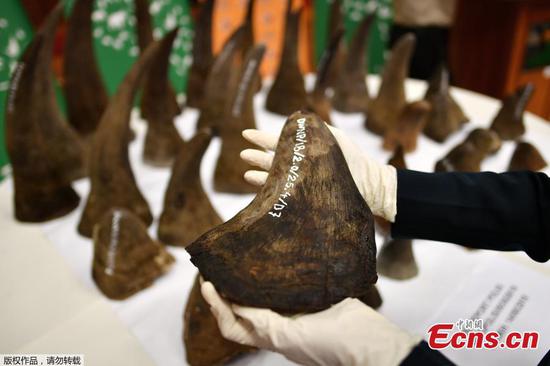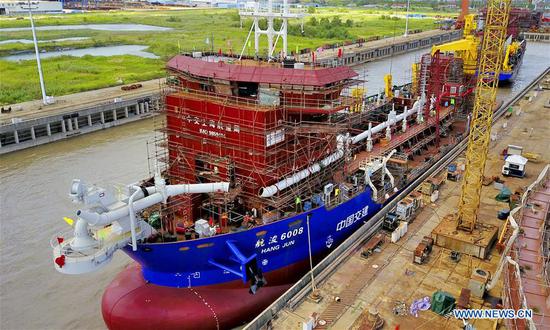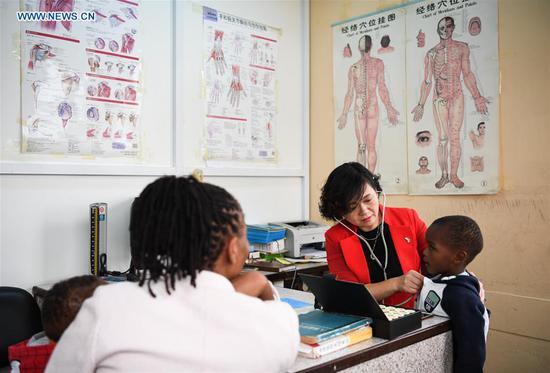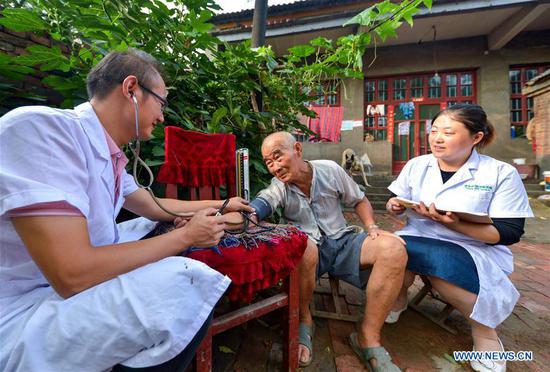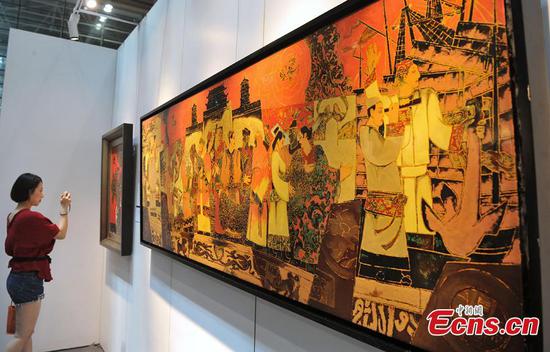Negative impact felt in short term, price increases seen for long term
The Trump administration's tariffs on medical devices imported from China has some in the medical devices industry questioning the logic behind the levies.
"The proposed 25 percent tariffs will not advance the goal of the Section 301 action and will have a disproportionately negative effect on our low-margin business segments, thus greatly impacting hospitals, consumers and the medical community," Jim Pigott, a division group president at Medline Industries, said during a U.S. Office of the Trade Representative (USTR) public hearing on July 25.
Section 301 of the U.S. Trade Act of 1974 authorizes the president to take action against foreign governments perceived to be violating an international trade agreement or burdening or restricting U.S. commerce.
The medical devices industry has found itself in the crosshairs of a tit-for-tat trade war. Although the impact on the industry is expected to be manageable, the tariff would increase the burden for suppliers and adversely impact U.S. competitiveness in the world market, industry insiders and analysts said.
Northfield, Illinois-based Medline is one medical device company adversely affected.
"In the near term, the tariffs would negatively affect our business' profitability, with consequences for our U.S. investments and employment. Overtime, the tariff will cause price increases for hospitals, surgery centers, nursing homes and individual consumers who purchase our healthcare products," Pigott said.
Medline is the largest privately held medical supply company in the U.S.. It has 18,000 employees worldwide and more than 550,000 products, most of which are commodity in nature.
According to Pigott, the company's imports from China are "inexpensive, low-technology, large-volume products that are not subjected to patents".
"We have never been required to transfer any technology or intellectual property to China," Pigott said. "The Made in China 2025 strategy does not prioritize these low-technology, low-margin, high-volume products."
Advanced Medical Technology Association (AdvaMed), a trade association that represents about 350 manufacturers in the industry, said it strongly opposes tariffs on medical technology by both sides.
"We have proposed specific actions to resolve outstanding issues," wrote Ralph Ives, executive vice-president of AdvaMed, in a statement to China Daily. "We will continue to work with Washington and Beijing to convey our views on important trade-related matters."
According to AdvaMed, the medical device industry in the U.S. generates $150 billion annually and creates around 2 million jobs, including 500,000 high-paying American jobs.
On July 6, the Trump administration imposed 25 percent duties on $34 billion worth of imports from China. AdvaMed estimated that this would impact $836 million worth of medical products entering the U.S. from China.
After the U.S. followed with tariffs on an additional $16 billion of products, which would take effect on Aug 23, China responded in kind. That list included $1.3 billion in U.S. medical technology exports, such as patient monitors, ophthalmological instruments and apparatus.
The USTR announced on July 10 plans to impose 10 to 25 percent tariff on an additional $200 billion worth of Chinese imports. That list does not include medical devices, but some parts and materials.
In response, China announced on Aug 3 it would impose tariffs on $60 billion worth of U.S. imports.
Brandon Henry, an analyst with RBC Capital Markets, said the most impacted medical device/capital equipment categories on the list include: pacemakers, MRI machines, CT scanners and X-ray machines.
He estimated the total value of medical device imports at risk between the two countries around $10 billion. Now, the actual impact from the proposed tariffs is less than $1 billion.
"That is a small portion of the medical device market (2.5 percent of the medical device market) and is manageable for the medical device manufacturers," said Henry, "but China is one of the fastest-growing medical device markets in the world, so China is an important future growth market for the medical technology space."
According to the International Trade Administration, the U.S. ranks as the No.1 foreign supplier of medical devices in China, followed by Germany and Japan.
Medical devices is one of the fastest-growing industries in China, with the industry maintaining double-digit growth over the past decade.
In 2016, the medical devices market in China reached $53.6 billion, an increase of 20.1 percent compared to 2015. China imported $21.3 billion of medical products in 2017, and 6.89 percent of the imports were from the U.S., the agency noted.
"Increasing import tariffs on the medical technology products on the USTR list is not consistent with reducing the trade deficit in our industry. The United States enjoys a trade surplus with China for the medical devices and diagnostics on the USTR list and has a negligible trade deficit overall with China that continues to shrink," wrote Ives in a letter to the Committee on Section 301 on May 10.









